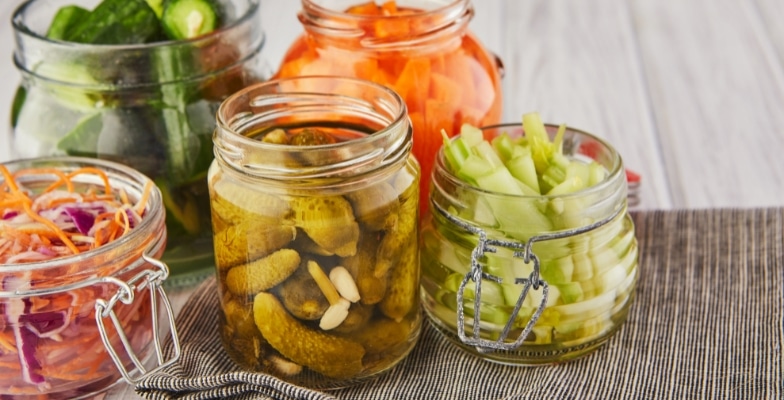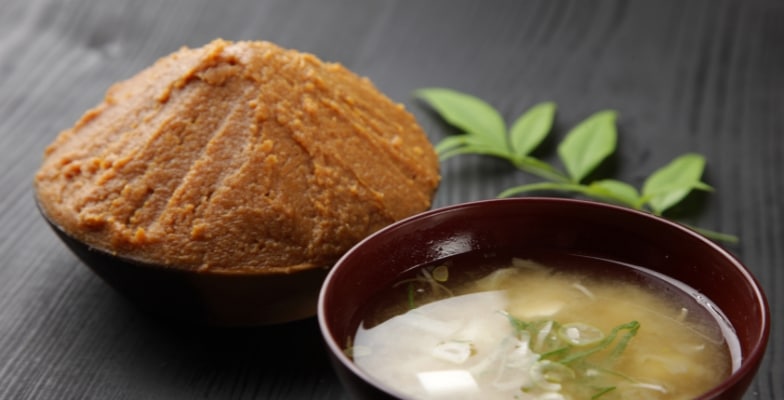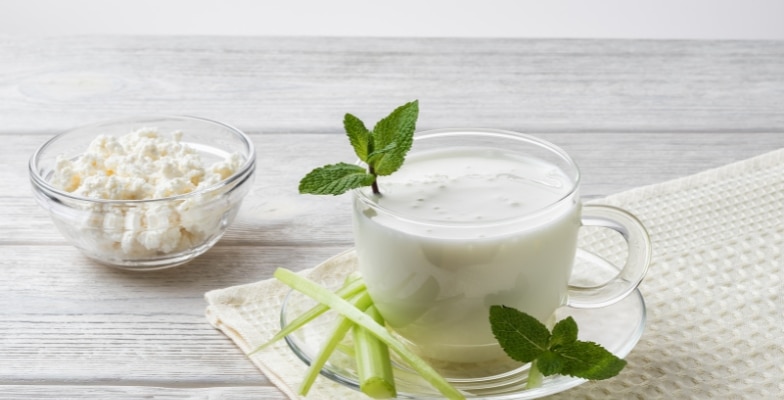Whey Protein Concentrate Vs. Isolate | Which Is Better?
- What Is Whey Protein
- How To Choose The Right Whey Protein Powder
- Whey Protein Concentrates Vs. Isolates | Which Is Better?
- Conclusion & My Recommendation

What Is Whey Protein
Some of you might be wondering what exactly Whey protein is.
Cows milk is 80% casein and 20% whey. Whey is the liquid that separates during cheese production. It’s the watery liquid you will see floating on top. This liquid then undergoes various processes to become a whey protein powder.
Whey has long been touted as a functional food with numerous health benefits.
Related Article: 4 Benefits Of Whey Protein That No One Told You About
The components of Whey called the sub-factors, include beta-lactoglobulin, alpha-lactalbumin, bovine serum albumin, lactoferrin, immunoglobulins, lac-loperoxidase enzymes, glycomacropeptides, lactose, and minerals.
These sub-factors have immunity-enhancing and health-promoting properties. 1http://www.altmedrev.com/archive/publications/9/2/136.pdf
How To Choose The Right Whey Protein Powder
Not all Whey is created equal. The following are four critical points to consider when choosing which protein brand you can trust.
1) Free From Heavy Metals
In one report, fifteen protein powders and drinks were tested for levels of arsenic, cadmium, lead, and mercury. 2https://www.consumerreports.org/cro/2012/04/protein-drinks/index.htm Out of these fifteen, three samples were of particular concern, as they tested high for levels of these toxic chemicals.
Consider the fact that cadmium accumulates and can damage kidneys. Furthermore, it can take up to twenty years for the body to eliminate even half the cadmium it absorbs. So ensure that your whey protein powders are free from heavy metal contamination.
2) Whey Protein Should Come From Grass-Fed Cows
As you have read above, Whey is a by-product of cheese production, and the source is cow’s milk. Don’t you think the quality of cow’s milk will ultimately determine the quality of the whey protein powder?
The highest quality whey comes from grass-fed cow’s that graze all year round in natural pastures. Besides being grass-fed, the cows need to be hormone-free and healthy overall.
3) Whey Processing Needs To Be Done At Low Temperatures To Avoid Denaturing The Native Structures Of The Protein
The liquid that separates from cheese production contains lactose and fat. To convert this liquid into whey protein powders, it needs to undergo processing.
Most commercially available Whey is produced using heat and acid processing (Acid/Ion Exchange Processing). These processes use chemicals, acids, and heat to separate the fat and lactose from the liquid.
The immunoprotective effects provided by the immunoglobins (the subfactors that I mentioned at the start of this article) are shown to be greatly reduced by this method. 3https://www-sciencedirect-com.nmu.idm.oclc.org/science/article/pii/S0022030208714310?via%3Dihub The technology you are looking for is Acid-Free processing using cold-pressed technology, which protects the amino acids and does not denature them.
How can you find out more about this? Good companies usually mention this on their website. If you don’t find the information there, call their customer service and ask.
4) Whey Protein Supplements Should Be Sweetened Naturally
Most protein supplement companies use artificial sweeteners that are very harmful to your body, including acesulfame-k, sucralose, artificial flavorings, and soy lecithin. 4https://www.naturalnews.com/041510_Acesulfame-K_methylene_chloride_carcinogen.html, 5https://tonusjournal.com/health/sucralose-splenda/ They do this to cut costs. Look for companies that use stevia as a natural sweetener.
Whey Protein Concentrates Vs. Isolates | Which Is Better?
There are 3 types of Whey on the market: concentrates, isolates, and hydrolysates.
Whey Protein Isolates
They are 90-96% pure protein with very little fat, lactose, and mineral content.
Whey Protein Concentrates
They range from 29-89% pure protein and are most commonly 80 percent protein. They have higher contents of fat, lactose, and minerals.
Hydrolyzed Whey Proteins
They are isolates that undergo a hydrolysis process to break the protein down into smaller groups of amino acids, or peptides, which are predigested. They have a minuscule amount of fat, lactose, and mineral content, and they are the most expensive on the market. I find it tastes very bitter.
Most protein isolates available are denatured by-products of cheese manufacturing. Isolates you find on the market are exposed to acid processing and deficient in essential nutritional cofactors.
One authority whose work I really like is Ori Hofmekler, and in his own words
Most commercial whey products are derived from pasteurized dairy and are processed with heat and acid.
Many are also artificially sweetened. All of these factors render them utterly useless from a health perspective.
Whey isolate is one such inferior product because when you remove the fat, you remove essential components of its immunological properties, such as phospholipids, phosphatidylserine, and cortisol.
Additionally, all of the IgG immunoglobulins, which are an excellent source of glutamine and cysteine, are also bound to the fat globule. Fat provides not just calories.
Most food rich in healthful fat, including nuts, seeds, chia, and almonds, are carriers of antioxidants, such as Vitamin E and phytosterols.
Dairy also contains lipoic acid, which is a carrier of enzymes and immunoglobulin.
Therefore, if you take the fat out, you’re left with an inferior whey protein.
I’m totally against whey isolate; I think it’s just the wrong whey.
You can watch the complete series of Ori’s interviews with Dr. Mercola here. 6https://www.youtube.com/watch?v=AONlw1K9B5w&t=308s
Conclusion & My Recommendation
I always believe in functional and whole foods. Any food or even a supplement I ingest needs to be as unprocessed as possible and not denatured.
Therefore, whey concentrates win, hands down!
It is cheaper than isolates (and hydrolysates), tastes much better (you’d be blown away if you have one of the protein shakes I make from concentrates), and has more health benefits than the other two sources.
Most people would argue that whey isolates absorb quickly, which helps in recovery, and that gram by gram, it has a lot more protein. Whey isolates, as I mentioned, are 90-96% protein, whereas a good whey concentrate is around 80% protein. That’s a difference of roughly 10-16%.
If we ingest 50 grams of whey powder, that is only a difference of 5-7.5 g. I would instead add slightly more whey concentrate and take advantage of the health benefits it provides.
What about the fat content? Again, I don’t worry about a few grams of fat in my protein, considering these fats have a host of beneficial properties. And since I recommend a generous fat intake, it hardly makes a difference!
The only reason to use isolates is if you are lactose intolerant.
In that case, I know many people who still do well on concentrates, but if you have tried concentrates and ended up with bloating or gastronomical disturbances, go ahead and use isolates. Still, make sure that your isolates manufacturer fulfills the four essential criteria outlined earlier.
What do you think about this article? Have any questions? Let me know in the comments below!

Skill-Based Education.
Global Recognition.
Powerful Community Building
Secure a certificate of completion in as little as a day by graduating from one of our free courses.
Get Access to Our Free Courses. No Credit Card Required.

Fabulous Body Membership
Your All-Access Pass to A Fabulous Body & A Rewarding Career
25+ Certificate Courses & Programs, All Included
15 Day Free Trial, 100% Money-Back Guarantee
About Akash Sehrawat
Akash is a creator of 25+ programs and certificate courses in which more than 200,000 students have enrolled both on Udemy and Fabulous Body's native platform. Akash is also an author of three books that can be found on Amazon. His answers on Quora have gathered more than 12 million views in less than a year.











What are your thoughts on taking “Matha” commonly found in North Indian households. I gues this is what you referred as 20% component of milk above.
Honestly ankur, I have never heard of “Matha”! Sorry. What i know is that the water floating on top when we make yogurt ( or butter milk ie.. lassi )from milk that is whey. However, this needs to be processed and thats what gives us whey powder.